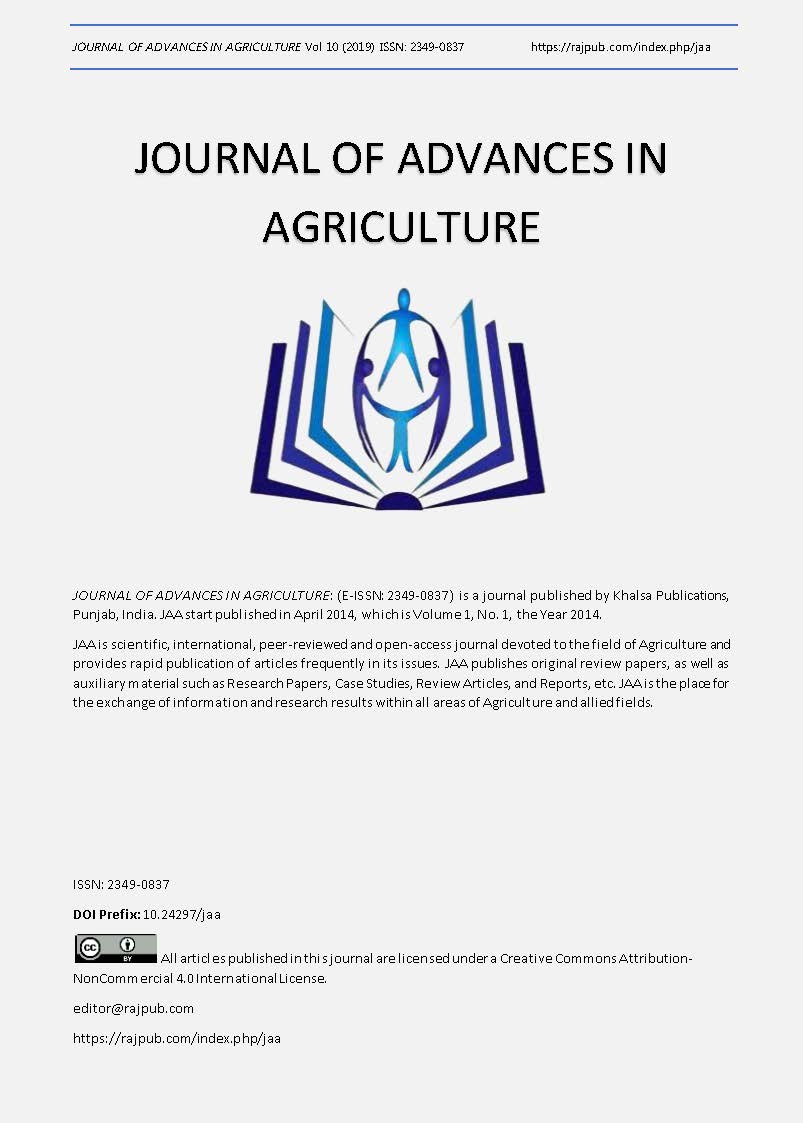Temporal Variations of Water Quality Parameters, Phytoplankton, And Invertebrates In Environmental Change Hotspots: A Case of Lake Wamala, Uganda
DOI:
https://doi.org/10.24297/jaa.v10i0.8396Keywords:
Climate Change, Cyanobacteria, Eutrophication, Lake Wamala, Plankton ProductivityAbstract
Lake Wamala (Uganda) is a small shallow lake (maximum mean depth = 4.5m) that has periodically undergone
fluctuations in depth and area because of changes in rainfall, temperature and wind speed. No study, however,
has been done to assess how these changes, in addition to catchment degradation, which are likely to intensify in future, have affected aquatic productivity processes. Data on Secchi depth (SD), turbidity, conductivity, dissolved oxygen (DO), total phosphorous (TP), soluble reactive phosphorus (SRP), soluble reactive silicon (SRSi), ammonia (NH4-N), nitrite nitrogen (NO2-N), nitrate nitrogen (NO3-N), Chlorophyl a, composition and abundance of algae, and invertebrates were compared between periods 1998-2000 and 2011-2013. Results showed a twofold increase in conductivity and TP, a threefold increase in SRSi, chlorophyll a > 25 ?g l-1, and persistence by low water transparency (SD < 0.7 m). In consequence, algal biomass increased by >70%, with emergence of new species, especially among the dinoflagellate and euglenophyte groups. Although rotifers, which are known to have capacity to withstand stressful habitat conditions, dominated the zooplankton, their density decreased by >80%. The phantom-midge, chaoborus, and the midge, chironomid, larvae dominated macro-invertebrate, but did not show clear trends between the two periods.
Downloads
Downloads
Published
How to Cite
Issue
Section
License
 All articles published in Journal of Advances in Linguistics are licensed under a Creative Commons Attribution 4.0 International License.
All articles published in Journal of Advances in Linguistics are licensed under a Creative Commons Attribution 4.0 International License.




